 Abraham Lincoln
If given the truth, the people can be depended upon to meet any national crisis...
Abraham Lincoln
If given the truth, the people can be depended upon to meet any national crisis...
 Guildford news...
for Guildford people, brought to you by Guildford reporters - Guildford's own news service
Guildford news...
for Guildford people, brought to you by Guildford reporters - Guildford's own news service
Birdwatcher’s Diary No. 324
Published on: 3 Apr, 2025
Updated on: 3 Apr, 2025
By Malcolm Fincham
Cyclonic atmospheric high pressure conditions continued to keep the weather dry, for the most part, in southern regions of the UK as we moved into the latter weeks of March.
While daytime temperatures remained in the mid to low teens Celsius, it felt quite warm when the sun shone. Thus giving me little in the way of excuses not to get out and about with my camera.
Most frequent of my visits were to Britten’s Pond, a quiet oasis just the other side of the railway line from Whitmoor Common where, over recent years, I have got to know and chat to many of the anglers who keep me up to date with any unusual sightings when fishing there.
The ground temperatures around the pond were also starting to warm enough for my first sighting on March 19 of the solitary bees that I have mentioned sighting at this time of the year in previous years, emerging from the soil by the water’s edge.
As with many of the early spring bees, this species I believe to be andrena clarkella emerging synchronistically to forage on sallow blossom.
A sense of spring in the air continued as we passed through the spring equinox and several chiffchaffs started to break into full song at Britten’s Pond, as well as most other places visited as the days progressed.
While other birds including nuthatches had begun calling their varied repertoire of songs.
Testosterone levels were increasing in the resident mute swans on the pond, chasing off any new arrivals of geese, yet still accepting the presence of the resident greylags and Egyptian geese that had wintered there.
Most of the arrivals were Canada geese, but even they chased a greylag that had briefly settled before being given its ‘marching orders’.
Less bothered were they with the occasional cormorants that visited.
And the resident grey heron was often seen fishing from its favoured floating raft.
And neither was it put out by the occasional spring movement of a few tufted ducks visiting the pond.
Not a regular sight there were a pair of coots that had recently taken up residence.
While a kingfisher continued to make irregular visits, with a pair reportedly having been seen on a couple of occasions.
Common buzzards could often be viewed over the fields beyond the pond.
While a small colony of rooks had constructed their nests, once again in the tall trees to the rear of the pond.
And a green woodpecker flew over the water, perching high up in the line of trees on the western side of the pond.
The fishing had been quite dire during winter months, but with water temperatures warming, a few fish were once again beginning to feed.
Some of the anglers were once again starting to reel in a few decent sized carp.
The highlight of the fortnight there, at least for one of the anglers on March 26, was a common carp.
It being one of the largest fish in the pond and weighing in at 33lb.
It was caught a released back into the pond by Clive, one of the “top” anglers there.
A visit to Lydling Farm at Shackleford, near Godalming during the last weeks of the month gave me sightings of displaying red kites and common buzzards over the fields.
A wintering flock redwings and fieldfares continued to be present, although soon to be making their return journey back to their summer breeding grounds in Scandinavia.
There was at long last a feeling that summer would be soon returning, aided by the sounds of skylarks about the fields.
A couple of roe deer made an appearance, with me catching a photo of one in “courant” motion as skipped across a field.
Also achieving a distant photo of two little owls together perched in one of the mature oaks.
Another visit to Prews Farm in Send allowed me a few more photos of some of the dozen or more, wintering bramblings still present.
Although having seen the little bunting on a few occasions, and like numerous other keen observers, I had been unable to take a good photo of it. It continued to be present, if only briefly.
The number of reed buntings once there have now continued to decline, and I assume they have returned to their breeding grounds. However, some remained now in in spring plumage.
A few yellowhammers also continued to be present.
A visit to Moor Green Lakes just across the Surrey border at Finchampstead, Berkshire, in the company of Bob and Dougal on March 23, allowed me the delights of a few more photo opportunities.
A pair of goosanders continued to be wintering on one of the lakes, although only managing a photo of the drake.
On some of the other pools there were groups of wintering wigeon.
A pair of shelducks.
And several little egrets.
Along a small brook there, an obliging pair of Mandarin ducks allowed me a selection of photos to choose from.
However, the most photogenic of all had to be the tawny owl that we “jammed-in-on”.
Surprisingly, it was perched up the other side of a stream just 25 yards or so from one of the main footpaths. It seemed totally unperturbed by the people and dog walkers regular passing by.
Not even flinching when our concerns were raised when a dog briefly started barking.
This completing my set of photographing all the five recognised species of UK owls within the first three months of the year, when most years I’m lucky to see just three species all year!
Also adding a few redwings and a song thrush to our day-list on our return to the car park.
I made a couple of visits to the Riverside Nature Reserve, near Burpham during the last week of the month.
A pair of moorhens could be viewed from the towpath, mating in the water along the navigation.
While several, still wintering shoveler ducks could still be viewed out on the scrape from Stoke Lock.
On March 27 I heard and photographed one of two blackcaps there for the first time this year.
Also adding the sighting of four sand martins circling briefly over Stoke Lake.
While large flocks of gulls continued to visit the lake from the recycling depot across the river, for a wash and brush up.
A common buzzard also flew at tree height over the lake while I was there.
And a pair of great crested grebes were nest building on the lake.
And peacock butterfly, one of several also seen in the days to come, added to my year list.
While out in the meadow to the southern end of the lake, a pair of wintering stonechats could still be viewed.
Also adding a wren, perched up in full song, by the boardwalk.
At Unstead Sewage Farm, near Godalming, on March 29 I was able to add my first sighting of two swallows flying together.
While on March 30 I had my first sighting this year of three mallard chicks, dabbling in a pool, from the boardwalk at the Riverside Nature Reserve.
Wrapping up the month, and back in the company of Bob and Dougal, we revisited Staines Reservoir where at least three black-necked grebes were still present and now almost in summer plumage.
As well as a Slavonian grebe that was still present and showing signs of coming into full summer plumage.
A common sandpiper, missed from view on our previous visit, was at last allowing us to view its presence as it fed along the water’s edge.
The best sighting of the day, however, had to be a blue-headed wagtail.
It is a rarely seen UK subspecies of our summer visiting yellow wagtail and a great addition to our year’s sightings.
While a speckled wood added a fifth species to this year’s butterfly sightings.
And with many more summer visiting birds hopefully soon to be arriving, and more butterfly species hopefully soon to emerge, it gives me great optimism for new photo opportunities in the weeks to come.
Responses to Birdwatcher’s Diary No. 324
Leave a Comment Cancel reply
Please see our comments policy. All comments are moderated and may take time to appear. Full names, or at least initial and surname, must be given.
Click on cartoon for Dragon story: Public Asked for Views on SCC’s Proposal for Reduced Speed Limits


Recent Articles
- Residents Hit By CIL Fees Should Be Offered Full Review, Says Overview Committee
- Plans For New Guildford Preschool Rejected On Road Safety Grounds
- Expert in AI Is New Head of the University of Surrey
- From East Clandon to Paris – Charity Cyclists Complete Epic 24-hour Challenge
- Updated: Local MPs Vote in Favour of Assisted Dying
- Guildford Plans Three-Day Celebration In a Festival of History And Culture
- Local Therapy Garden Supporting Mental Health Shortlisted for BBC Award
- Thousands of Year Six Pupils at Guildford Cathedral for a Special Send Off
- New Surrey Research to Find Solutions to Local Challenges
- Comment: What Are We To Make of the GBC Executive ‘Reshuffle’?


Recent Comments
- John Redpath on ‘Politics Is Not Always a Kind Place’ Says Dismissed Lead Councillor
- Jules Cranwell on ‘Politics Is Not Always a Kind Place’ Says Dismissed Lead Councillor
- Ben Paton on ‘Politics Is Not Always a Kind Place’ Says Dismissed Lead Councillor
- Angela Gunning on ‘Politics Is Not Always a Kind Place’ Says Dismissed Lead Councillor
- Nigel Keane on A281 At Shalford Has Now Reopened Following Repairs to Damaged Roof
- N Hatcher on New Electric Trains Now Arriving at Guildford – 100 Years After the First One Did
Search in Site
Media Gallery
Dragon Interview: Local Artist Leaves Her Mark At One of England’s Most Historic Buildings
January 21, 2023 / No Comment / Read MoreDragon Interview: Lib Dem Planning Chair: ‘Current Policy Doesn’t Work for Local People’
January 19, 2023 / No Comment / Read MoreA3 Tunnel in Guildford ‘Necessary’ for New Homes, Says Guildford’s MP
January 10, 2023 / No Comment / Read More‘Madness’ for London Road Scheme to Go Ahead Against ‘Huge Opposition’, Says SCC Leader
January 6, 2023 / No Comment / Read MoreCouncillor’s Son Starts Campaign for More Consultation on North Street Plan
December 30, 2022 / No Comment / Read MoreCounty Council Climbs Down Over London Road Works – Further ‘Engagement’ Period Announced
December 14, 2022 / No Comment / Read MoreDragon Interview: GBC Reaction to the Government’s Expected Decision to Relax Housing Targets
December 7, 2022 / No Comment / Read MoreHow Can Our Town Centre Businesses Recover? Watch the Shop Front Debate
May 18, 2020 / No Comment / Read More









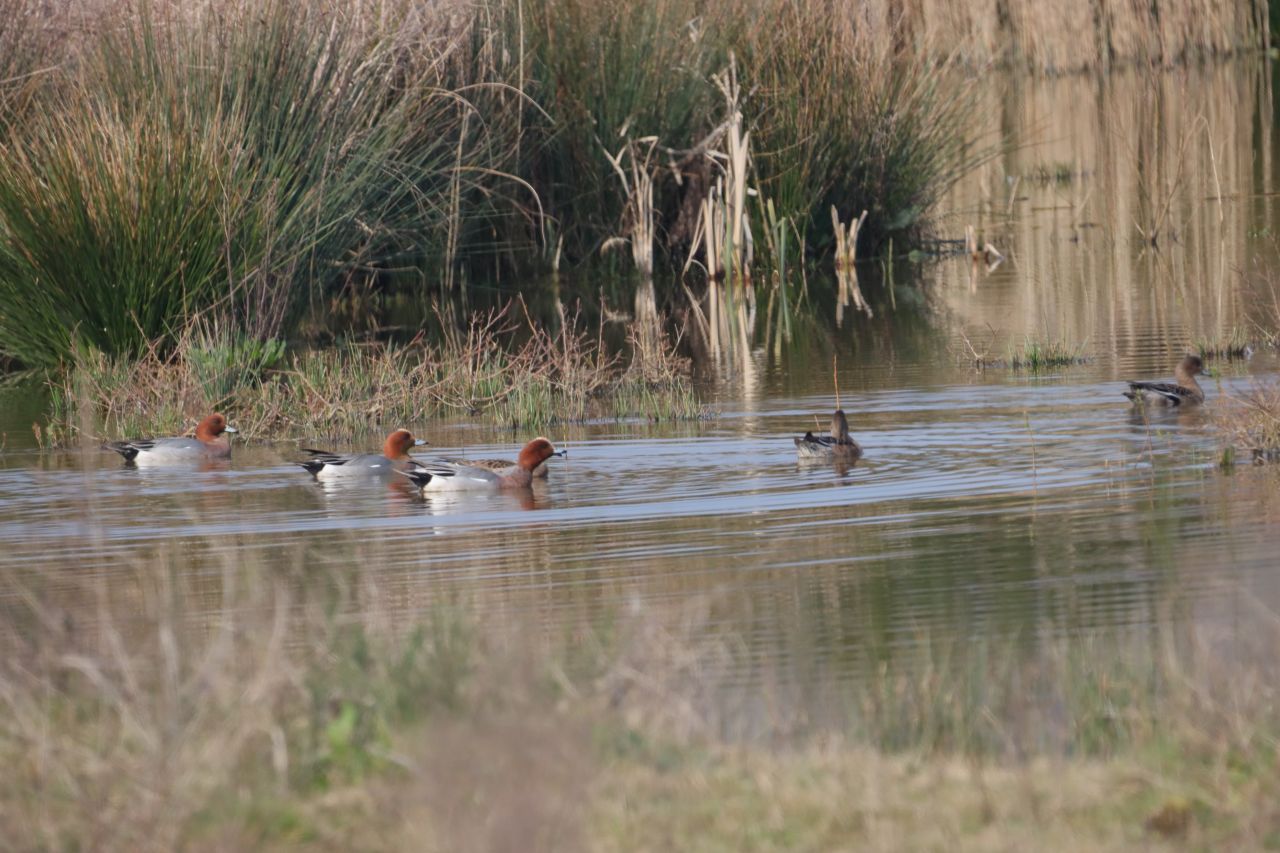
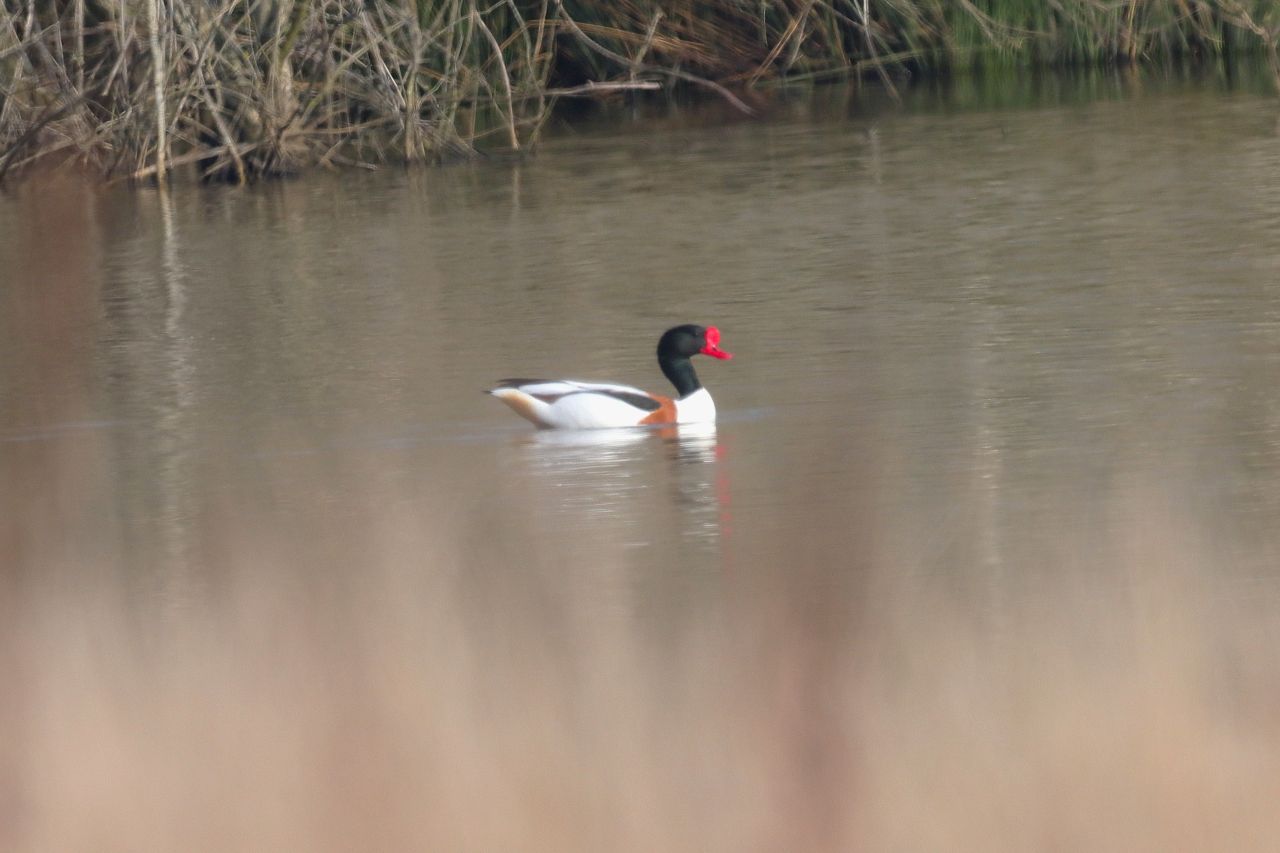
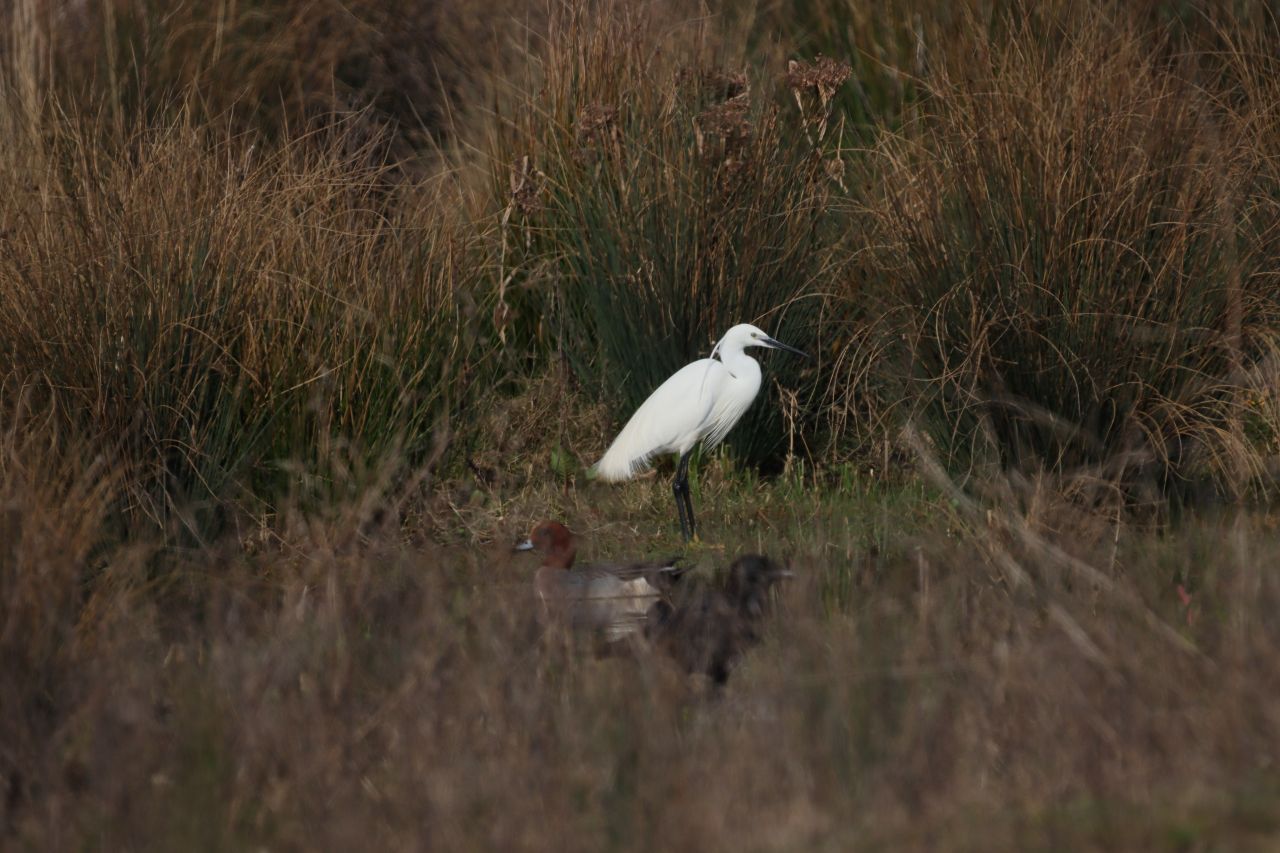
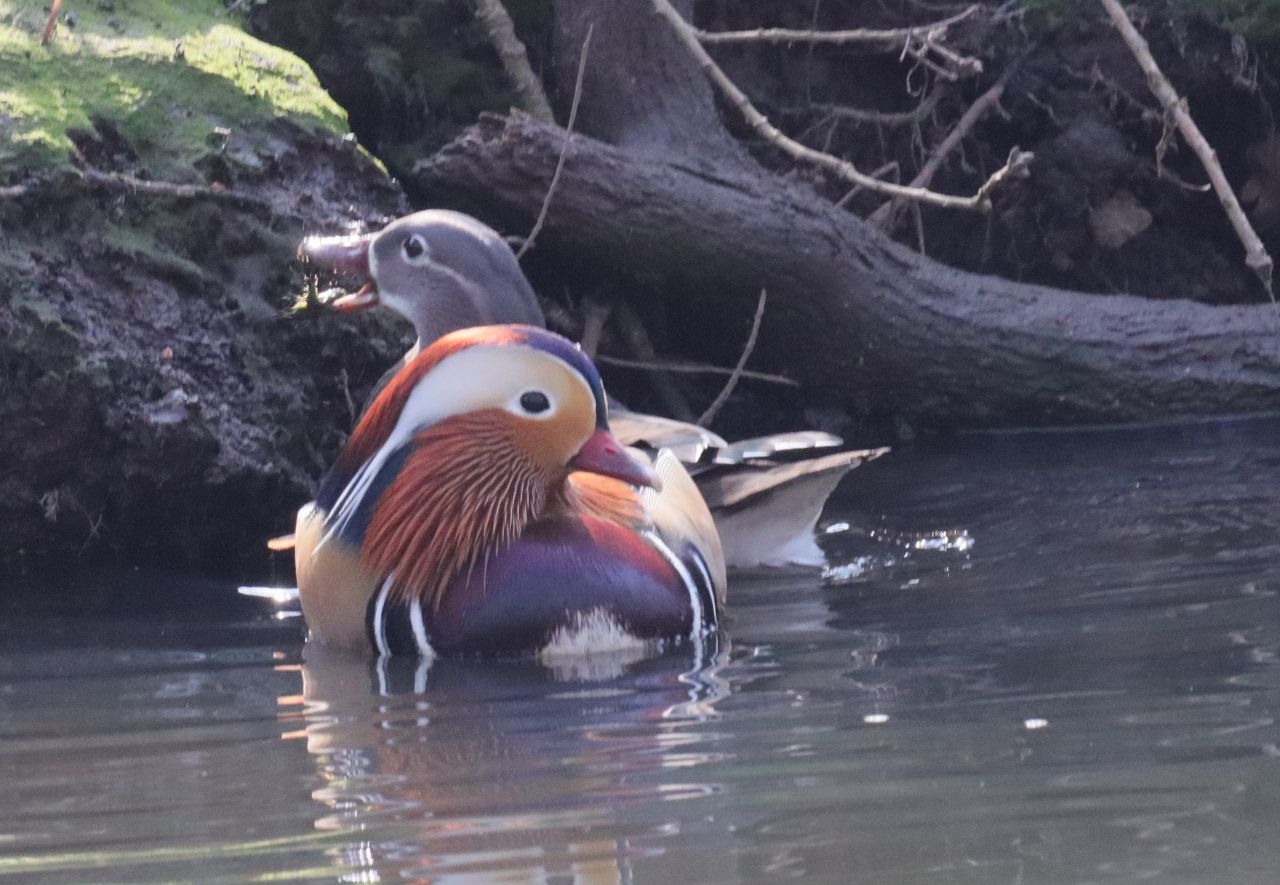
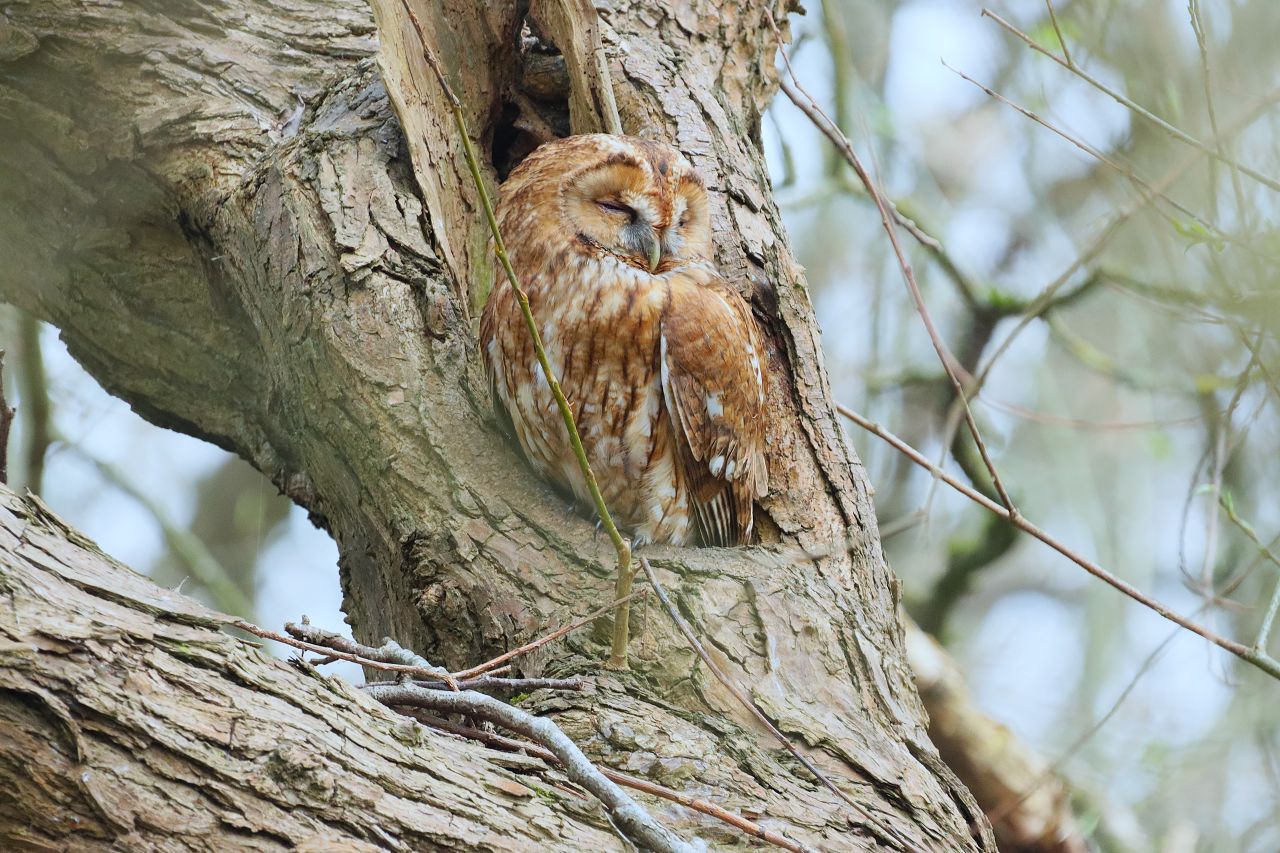
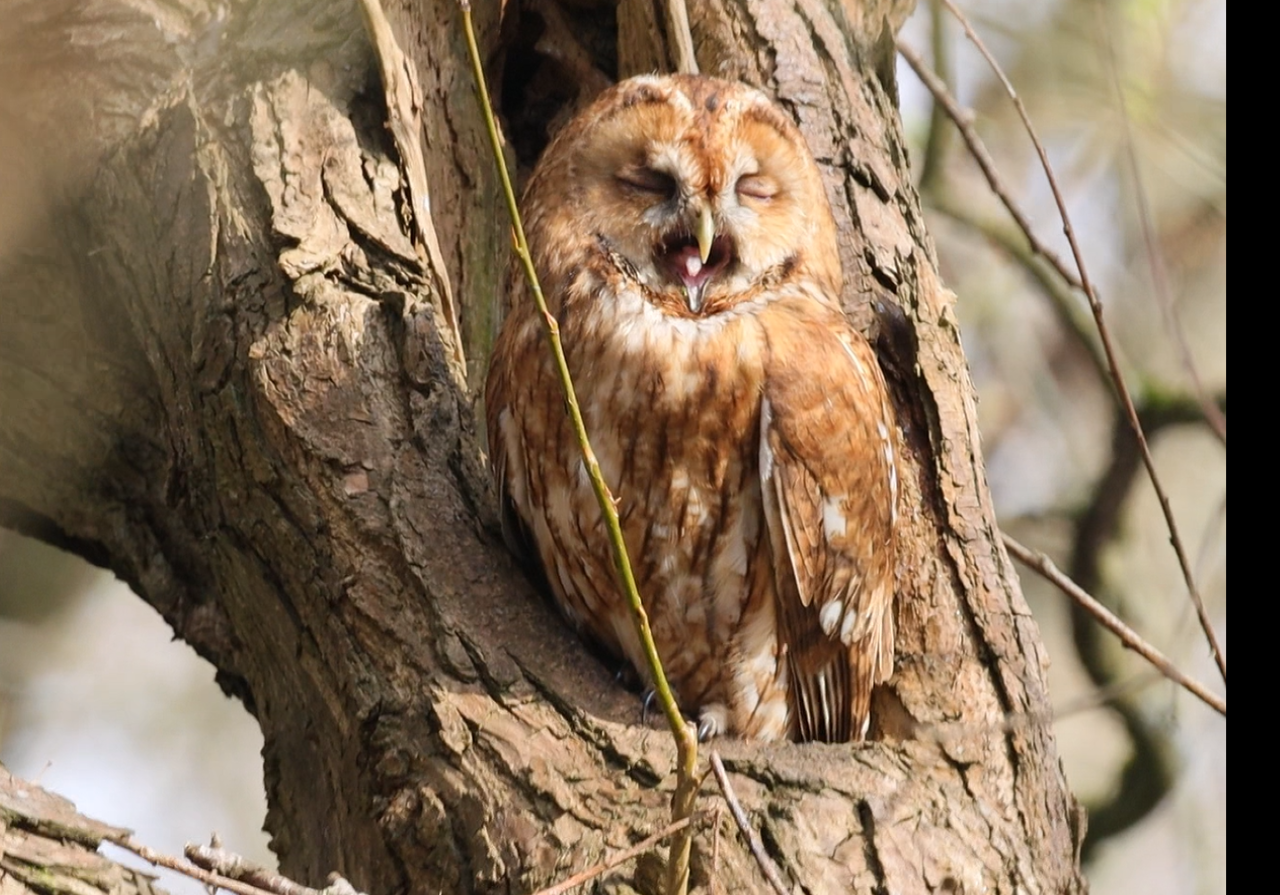

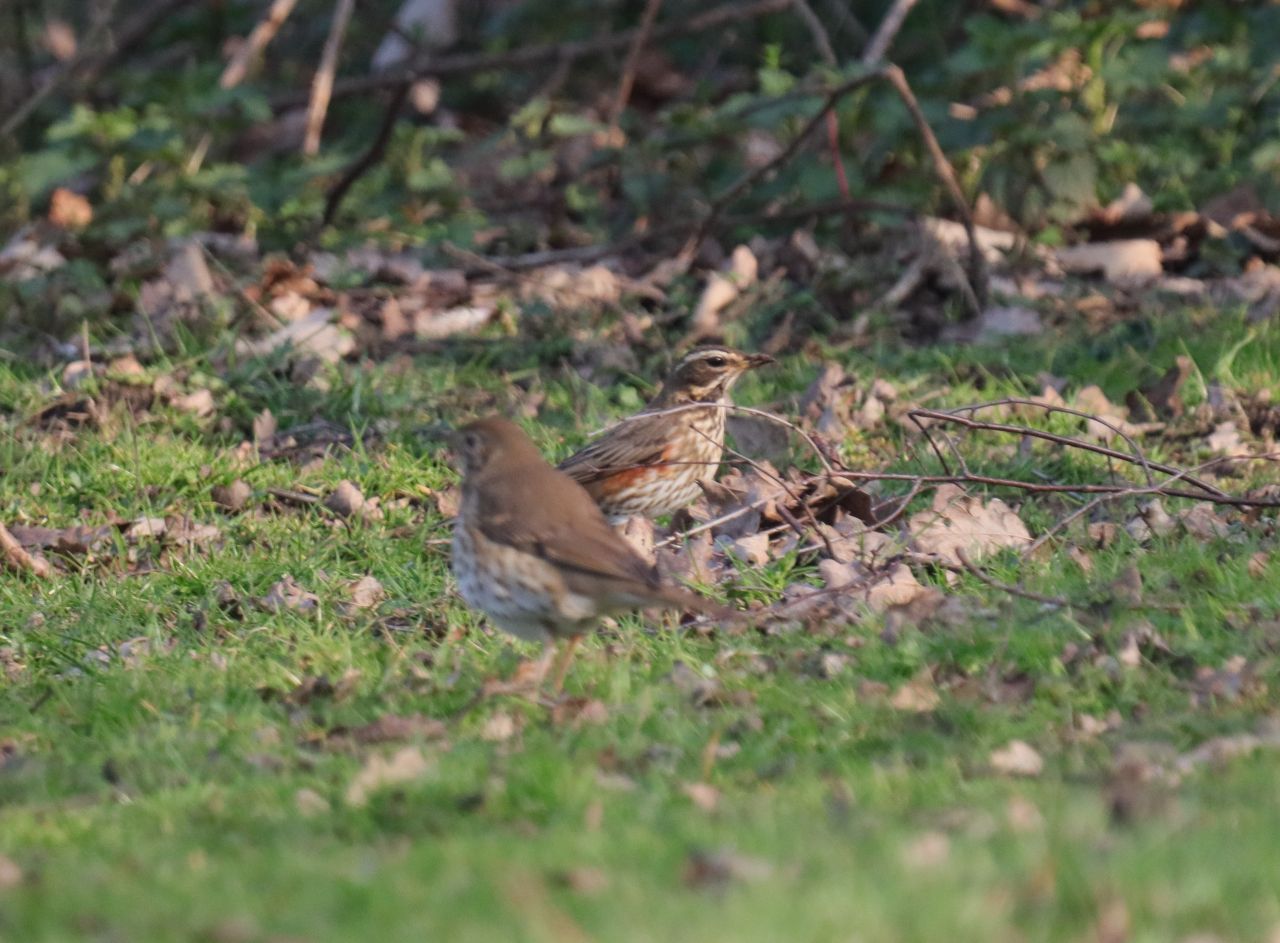
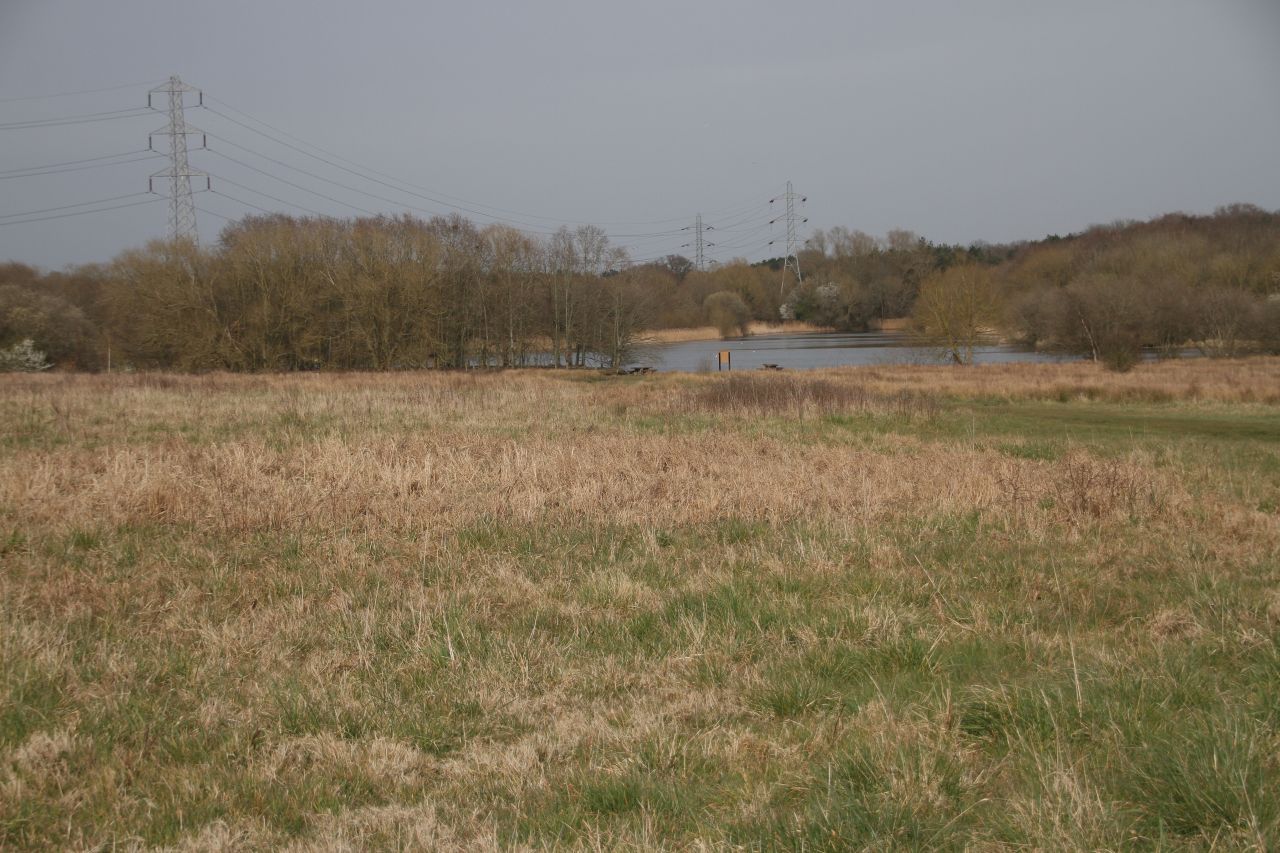
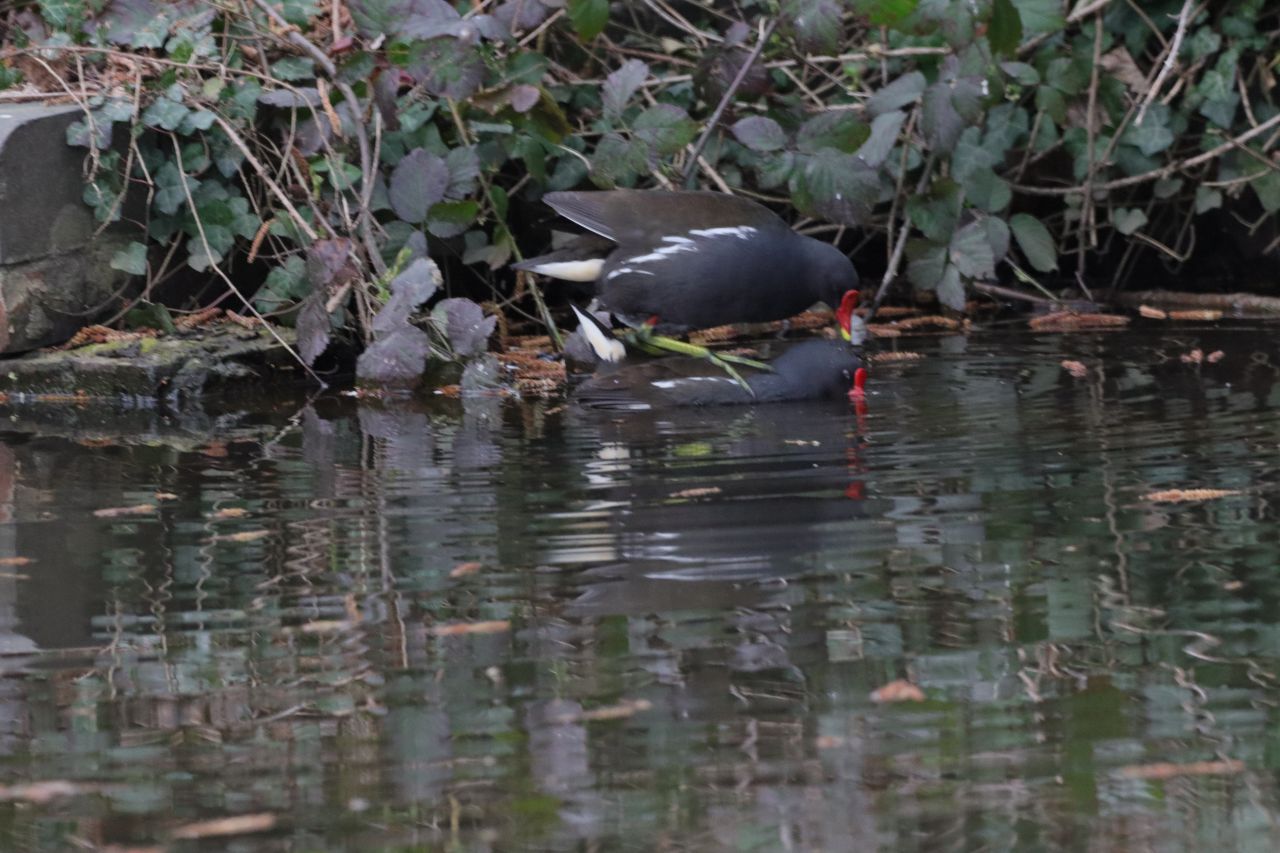
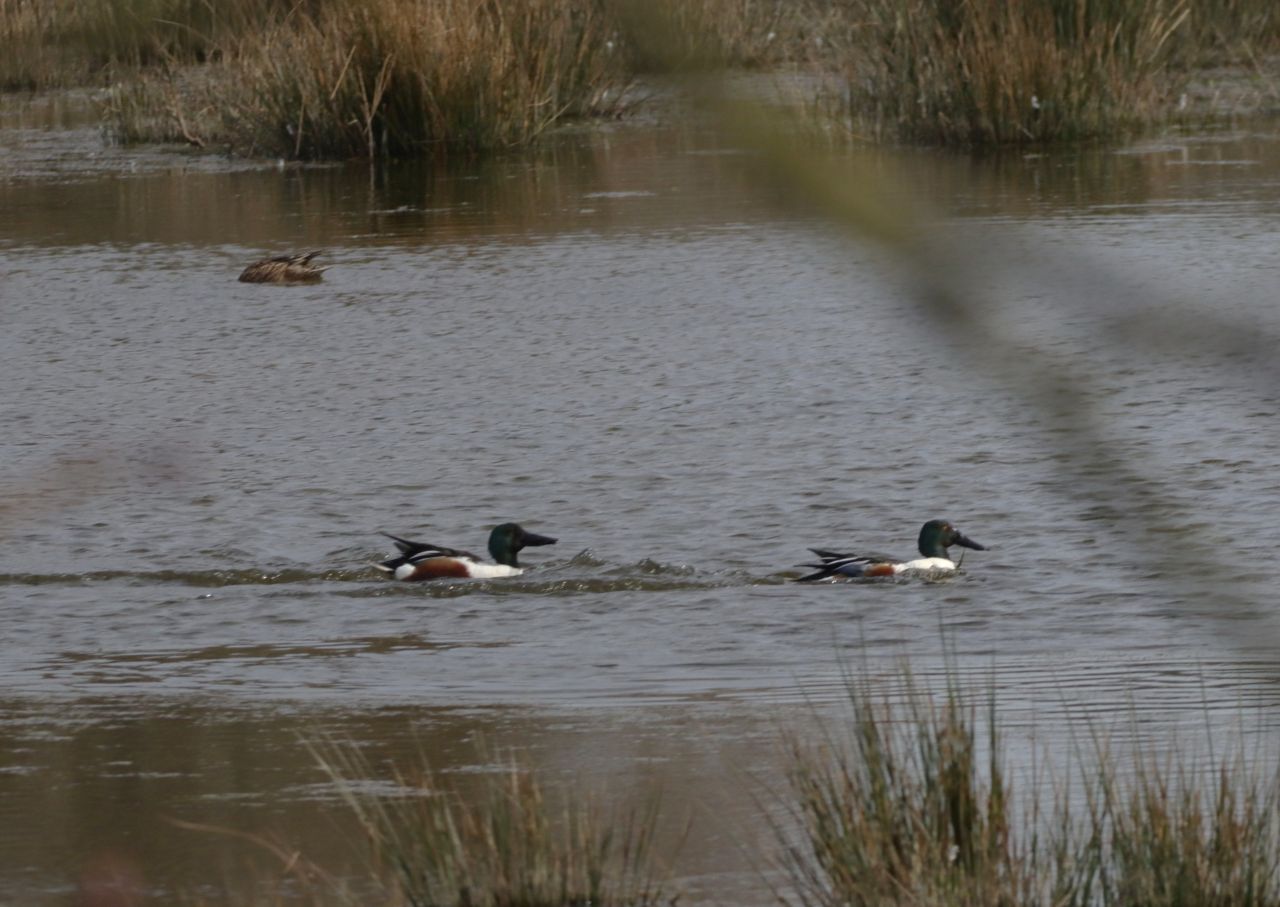
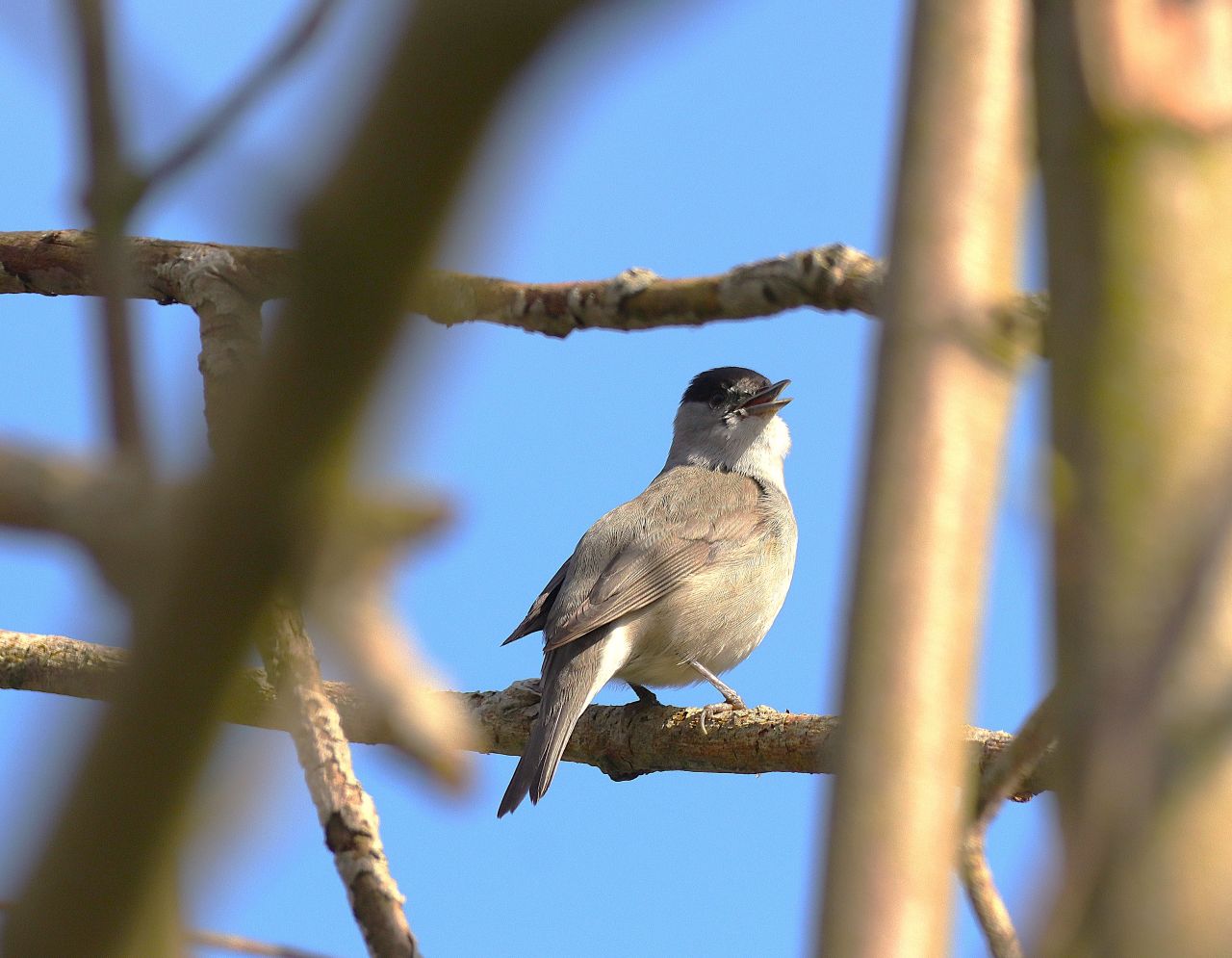
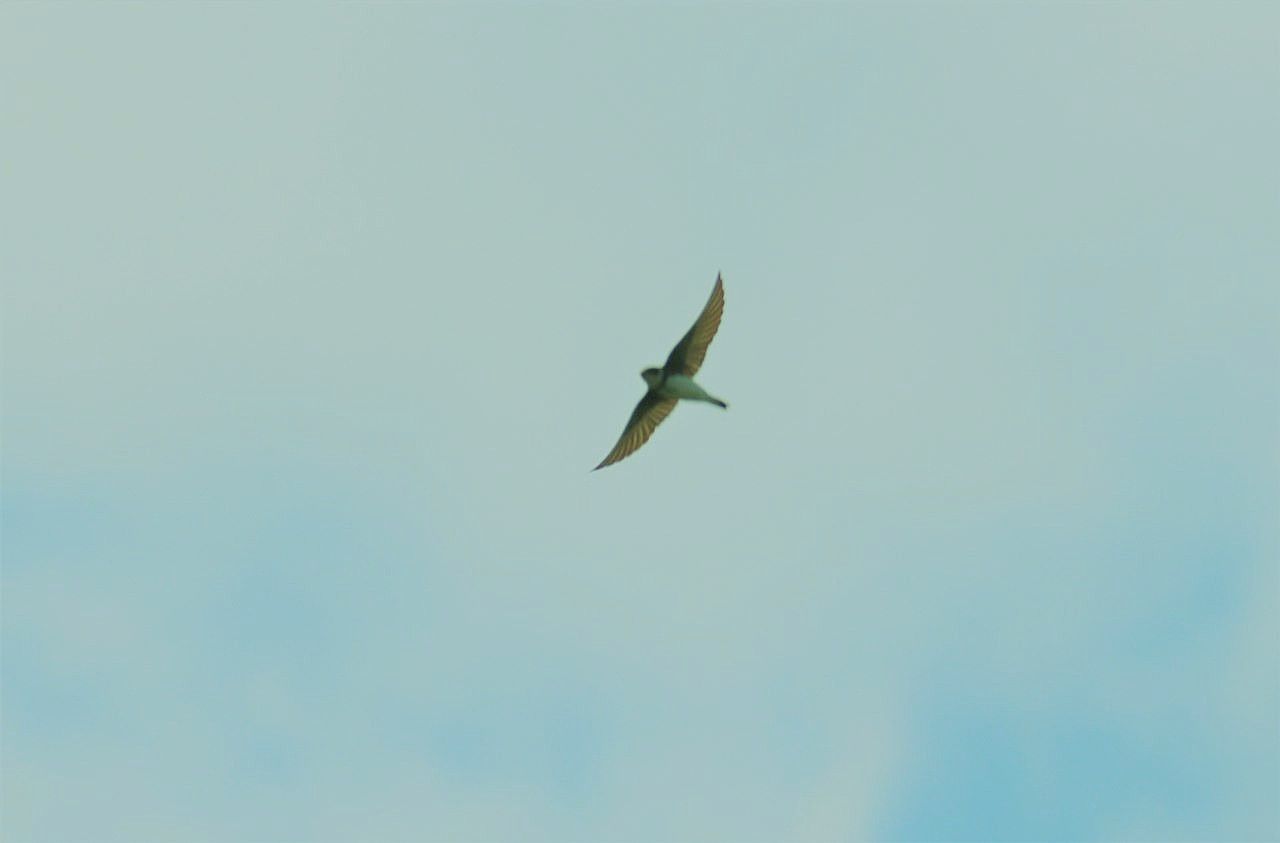
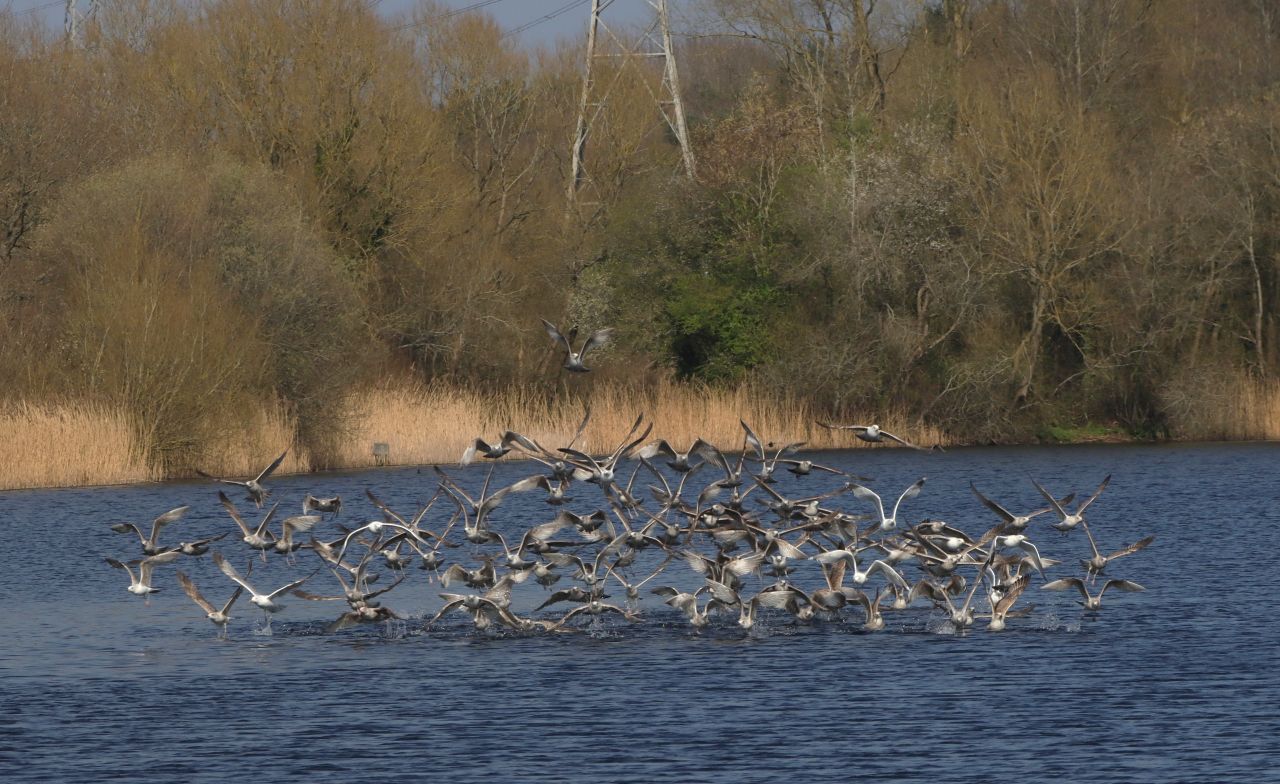
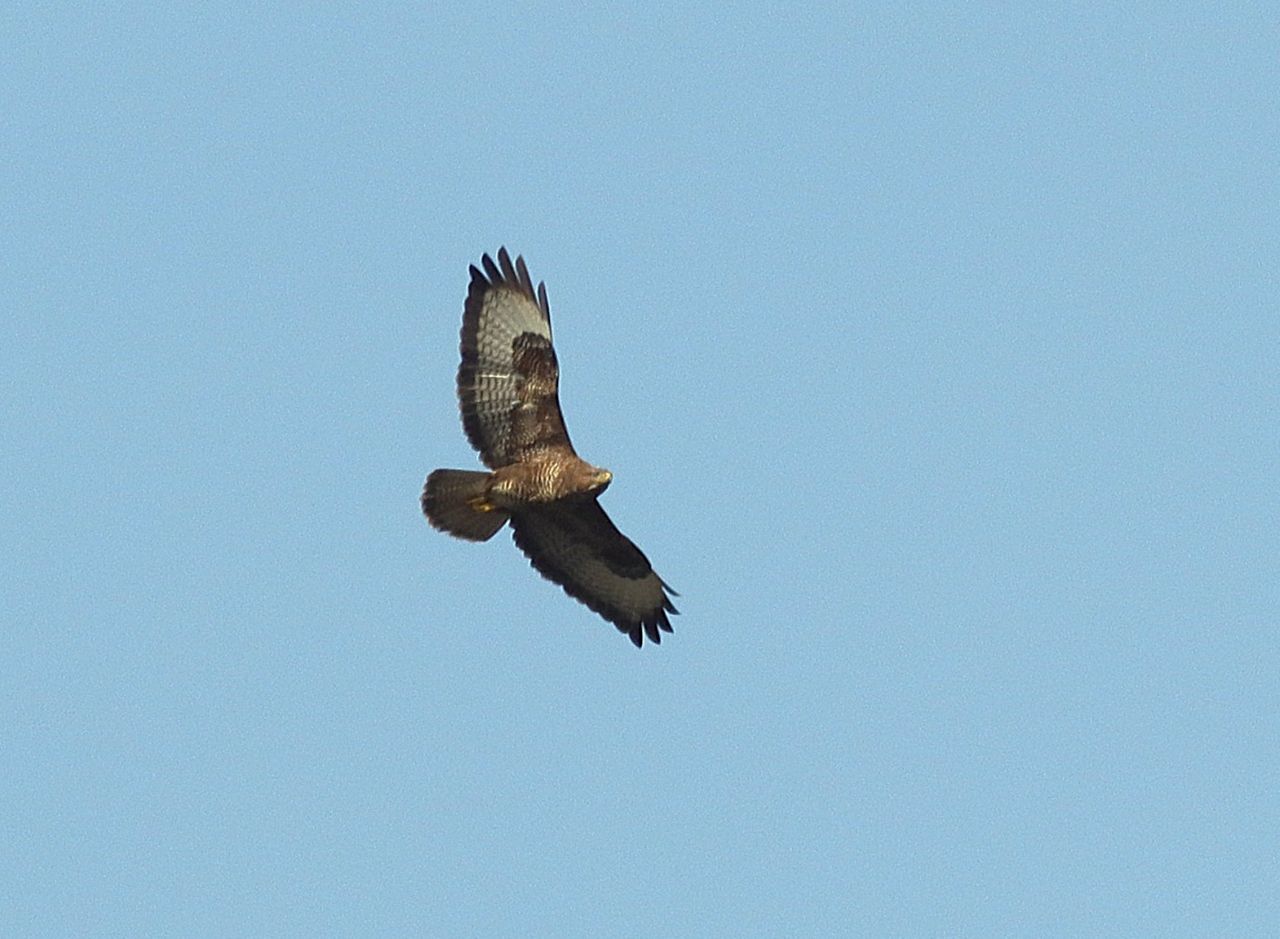
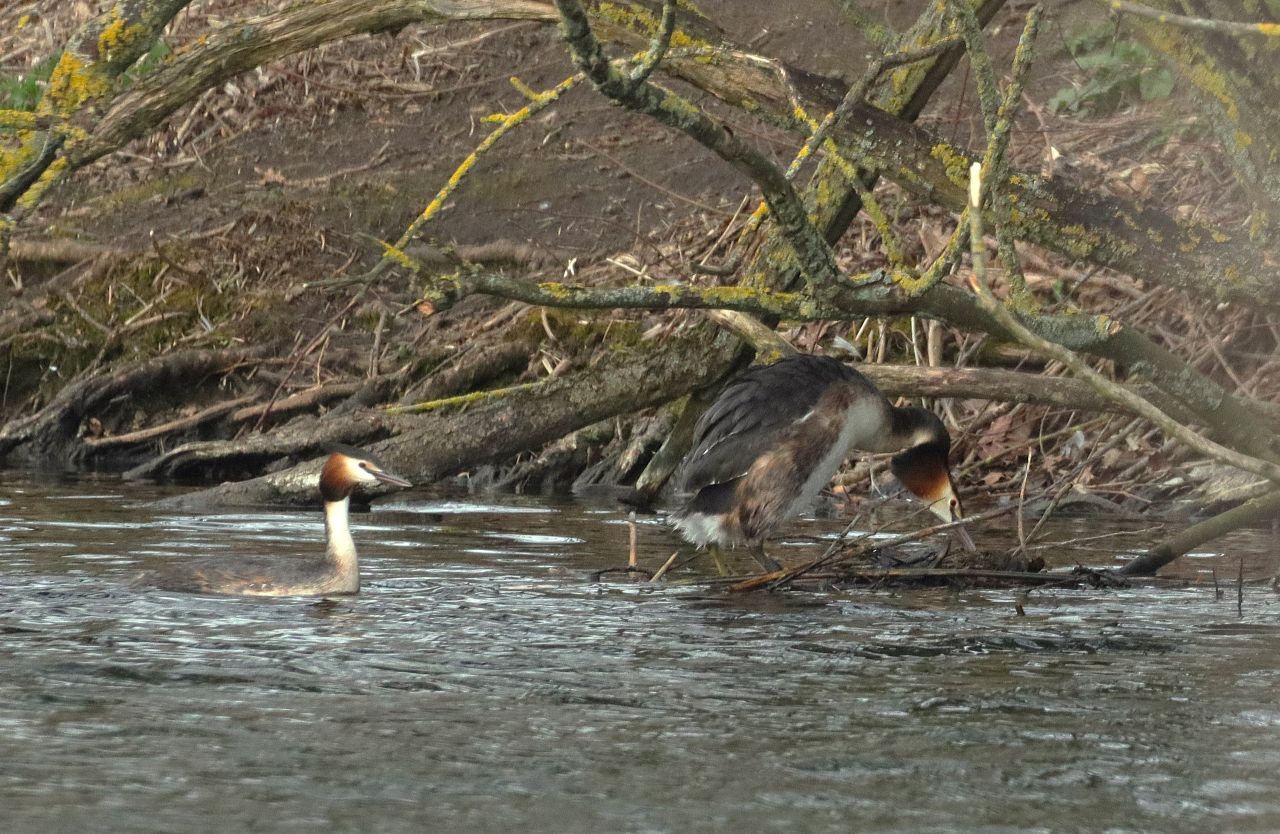
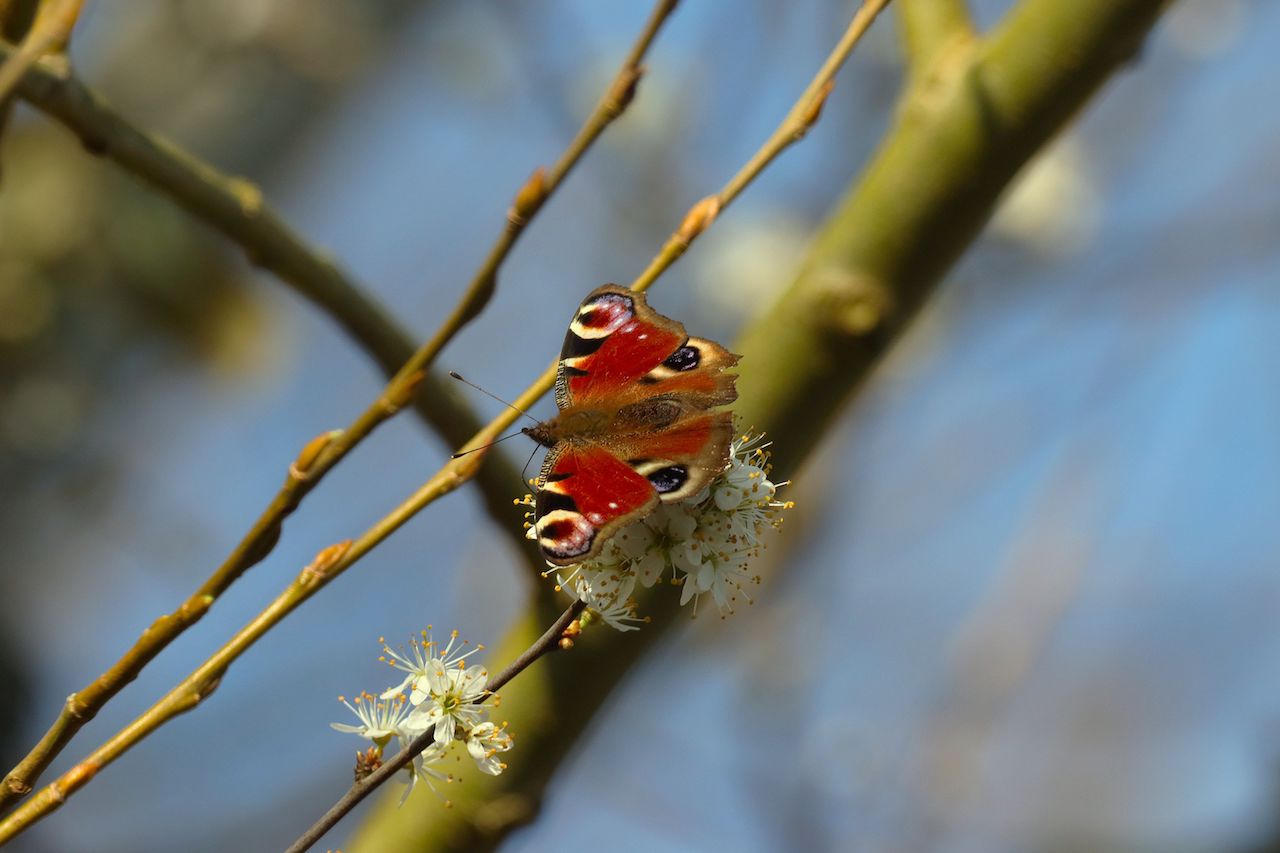
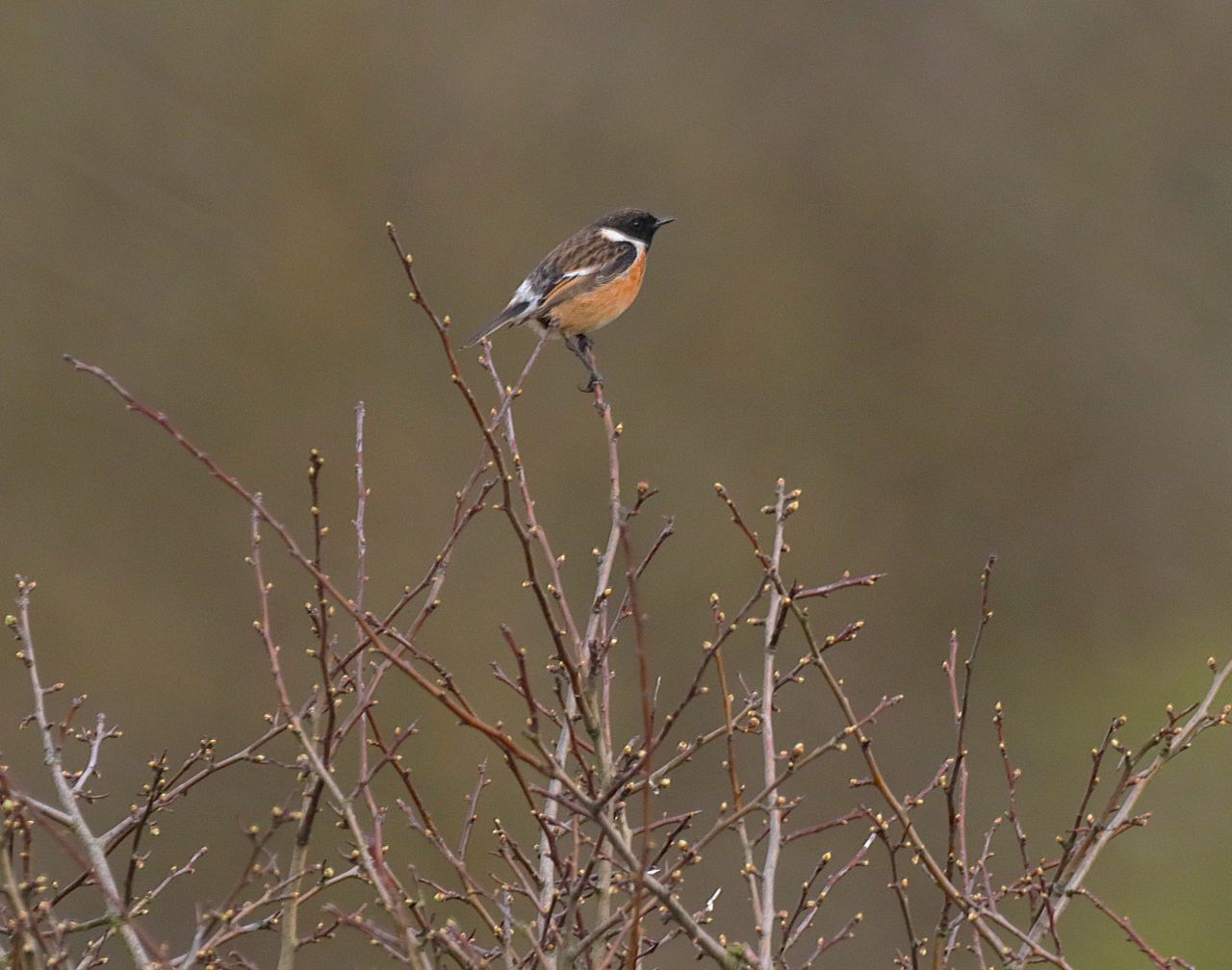
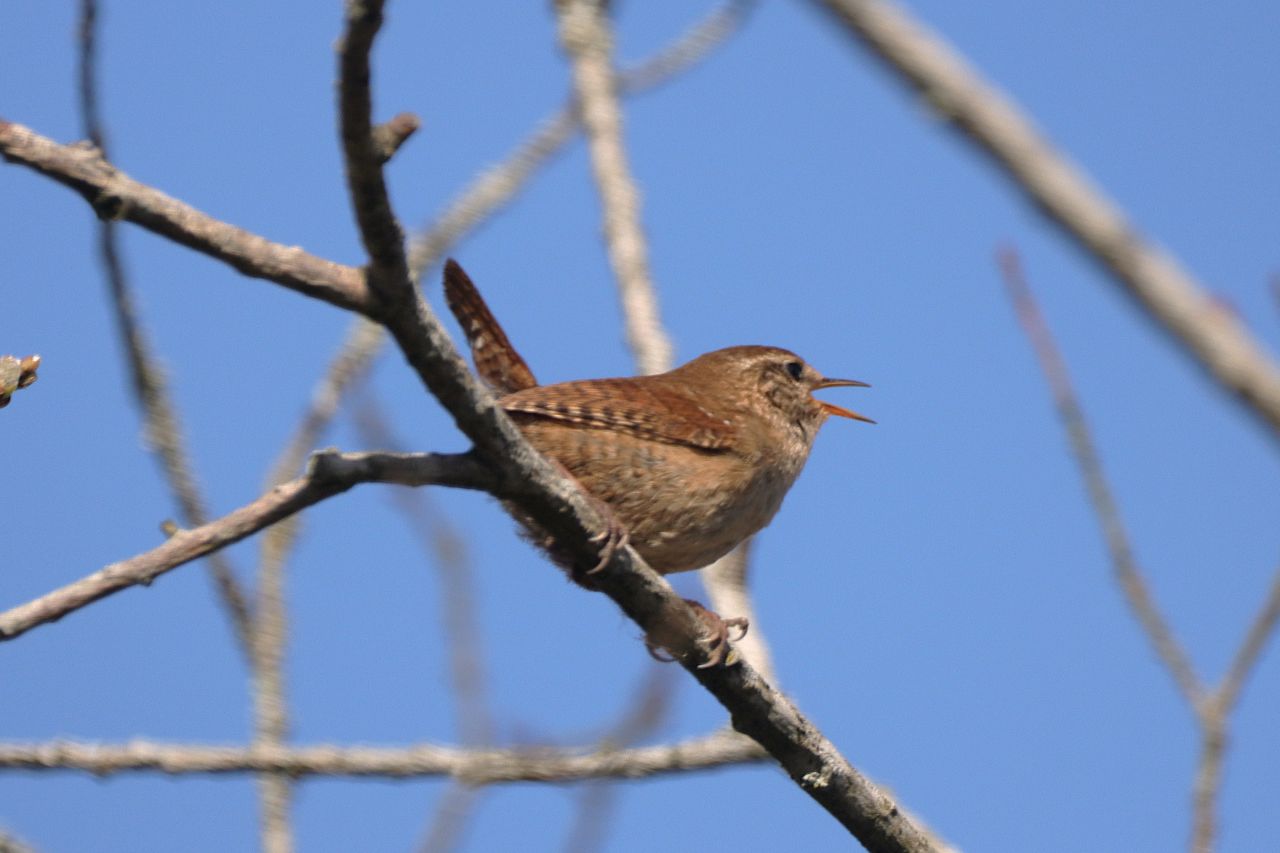

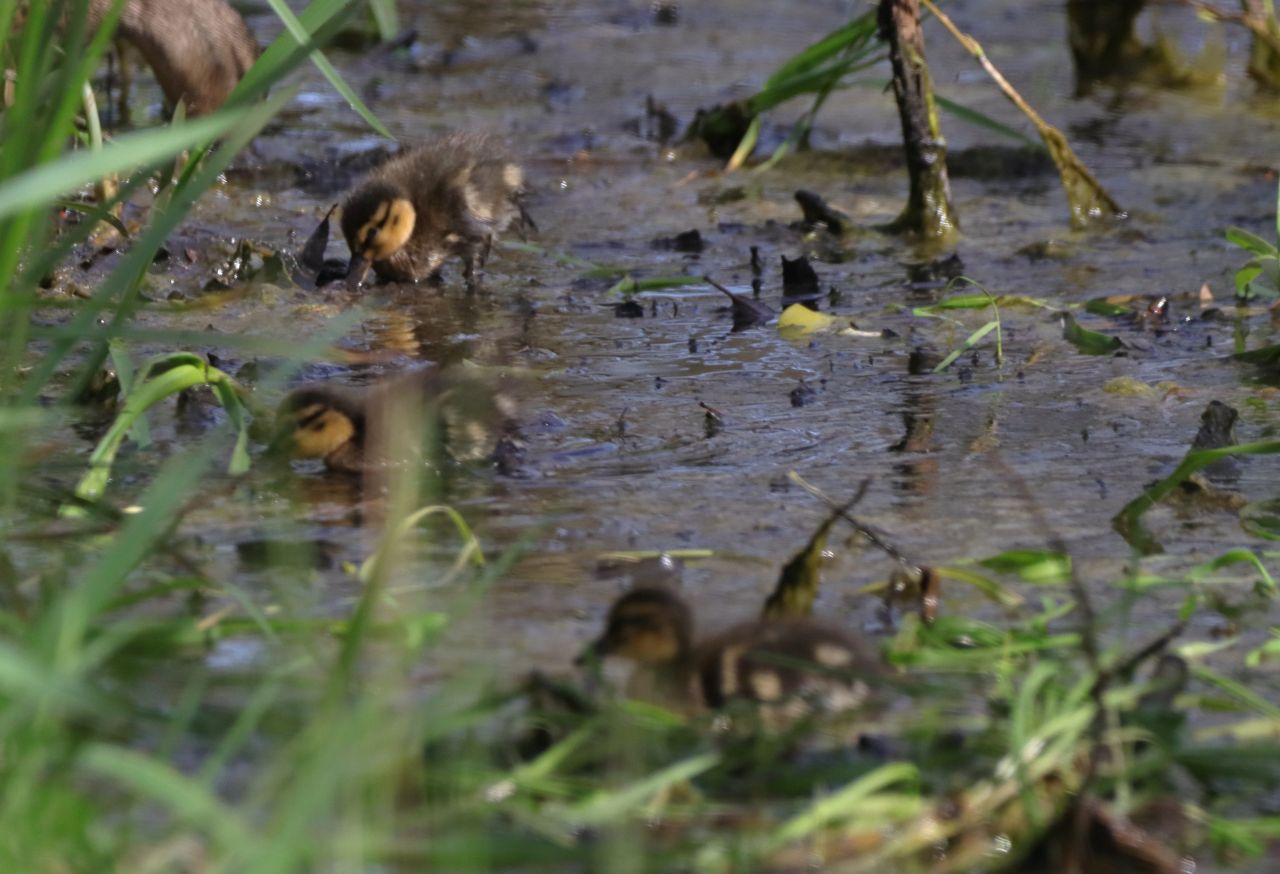
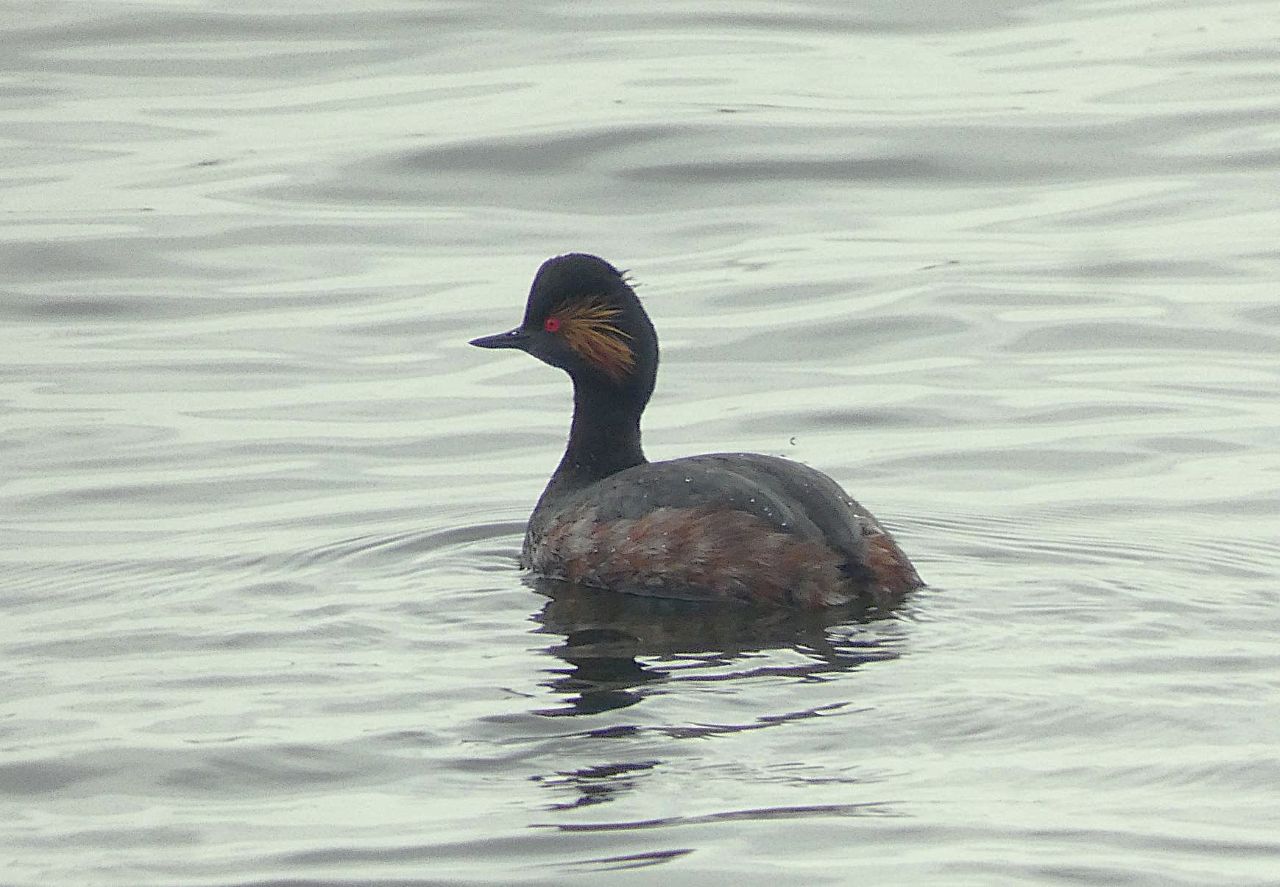
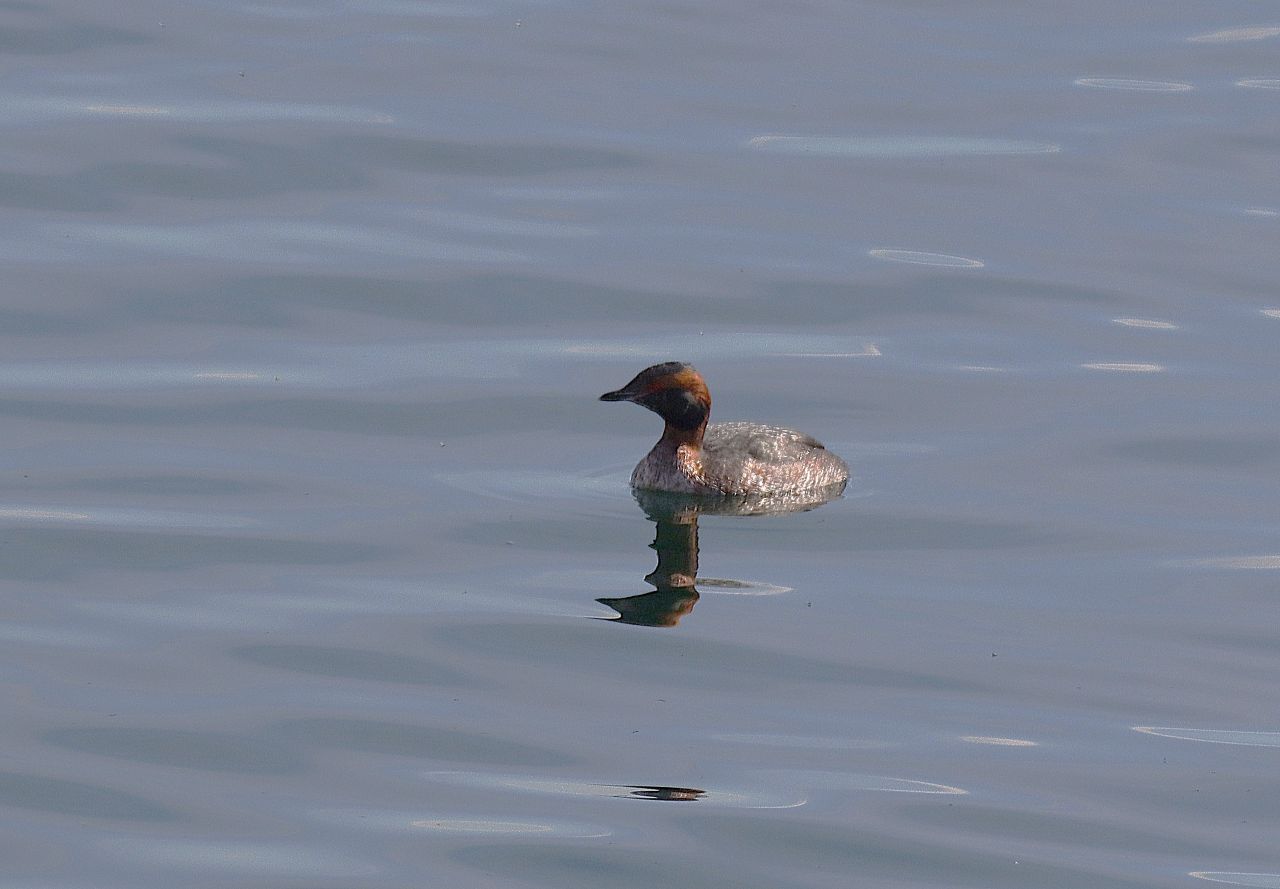
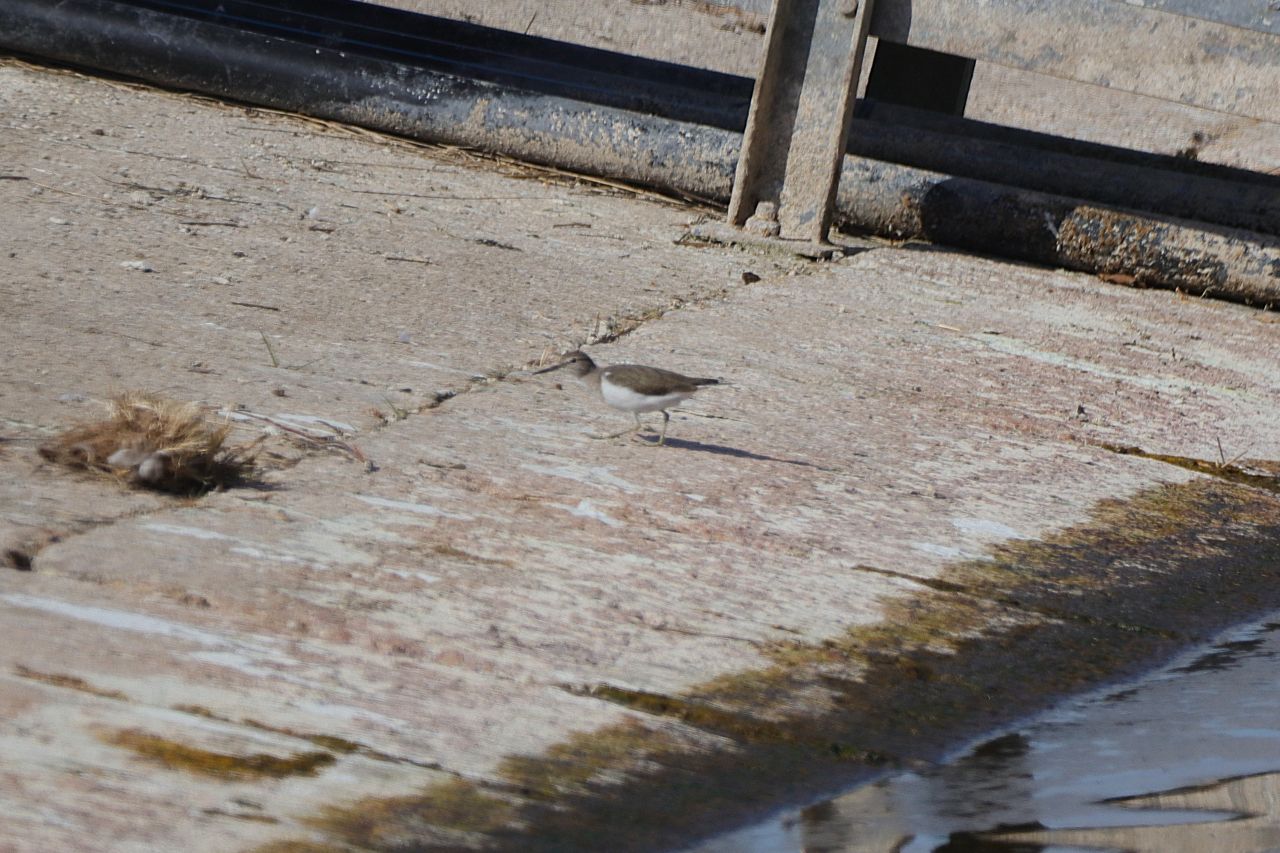
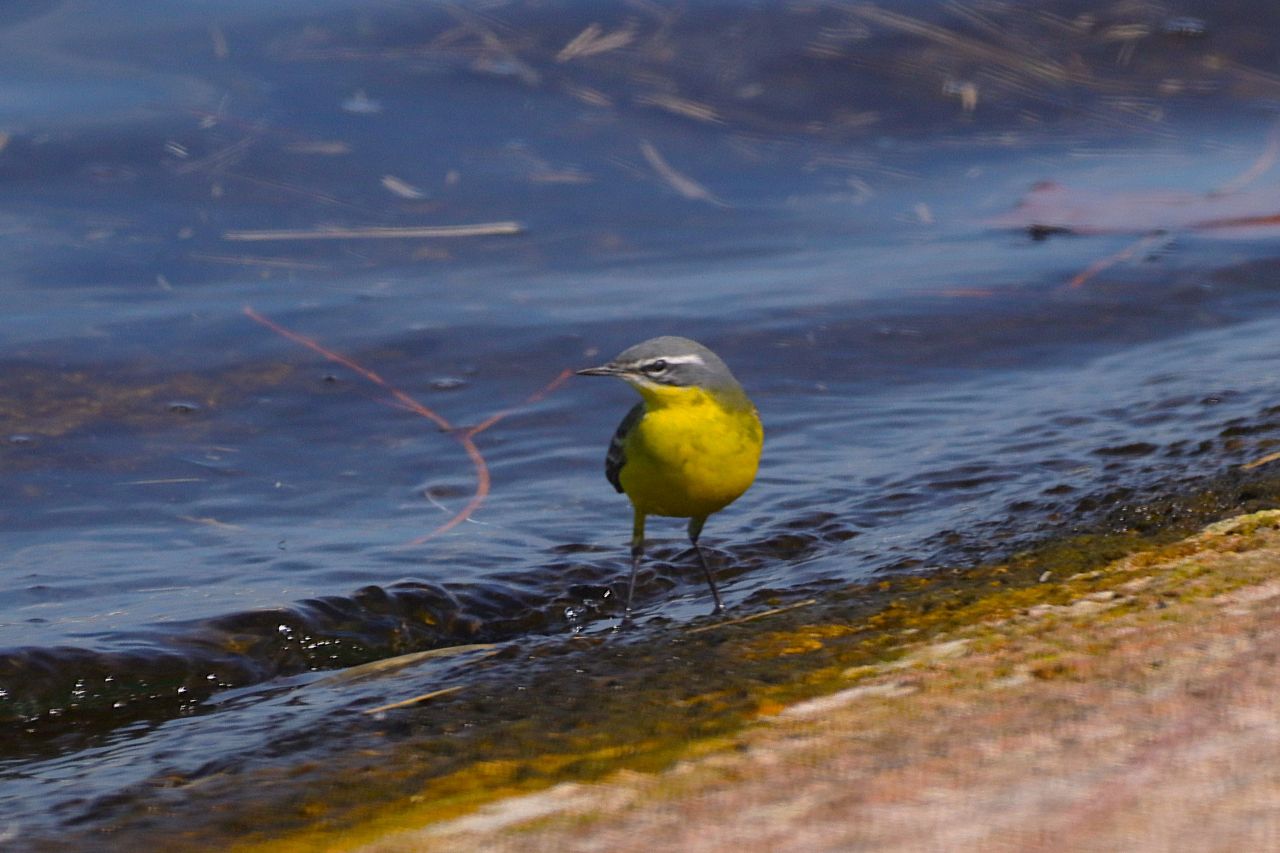





Gillian Cameron
April 3, 2025 at 7:15 pm
What a splendid set of photographs displayed in this edition of the Bird Watcher’s Diary. I found them fascinating and I am amazed by such an early sighting of swallows.
Thank you Malcolm Fincham so much for them all.
Ben Smithies
April 3, 2025 at 11:06 pm
A lovely report as usual. Thank you Malcolm.